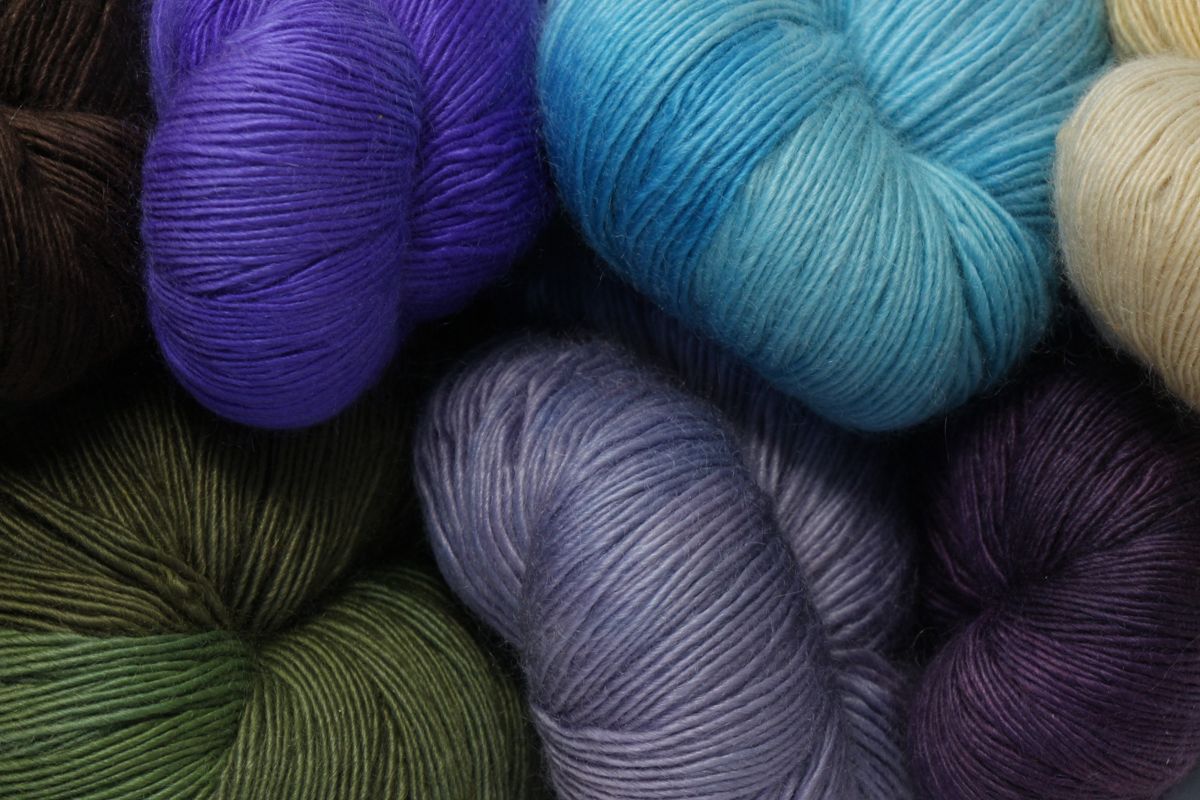Recognizing the Various Types of Cashmere an All-natural Fiber and Their Unique Advantages

The Beginnings of Cashmere: A Historic Summary
While the luxurious touch of cashmere remains to beauty contemporary customers, its beginnings trace back to the extreme, cool environments of Mongolia and the Mountain ranges. For centuries, the indigenous peoples of these areas have been increasing Capra Hircus goats, the prime resource of cashmere woollen. These goats, resilient against the serious winters months, grew a fine undercoat to make it through, which later on came to be known as cashmere. The name itself admires Kashmir, an area in India where the woollen was initially processed. Much of the early cashmere trade path was facilitated by the Silk Road, linking Asia with the Middle East and Europe. In spite of its international spread, the finest cashmere is still thought to stem from the initial areas of Mongolia and the Mountain Ranges.

The Manufacturing Process: From Goat to Garment
Shearing a Capra Hircus goat notes the inception of the complex cashmere manufacturing process. This delicate treatment typically happens yearly during spring. The penalty, soft undercoat is after that separated from the coarser outer hair, a process recognized as dehairing. The resultant raw cashmere is after that washed to remove pollutants such as dirt, vegetable, and grease issue.
The tidy fiber undergoes coloring, rotating, and weaving, or knitting, to change it right into a textile. Complex procedures like quality assurance checks and finishing processes follow, guaranteeing the end product maintains the glamorous requirement expected of cashmere. This painstaking process, from goat to garment, justifies the high cost affixed to cashmere items, making them an icon of deluxe and improvement.
The Different Types of Cashmere: An Extensive Analysis

The Special Advantages of Cashmere: Comfort and Sustainability
Relocating from the variety of cashmere types to the benefits they offer, comfort and sustainability stand out plainly. Cashmere, a natural fiber, is renowned for its unrivaled softness, offering a level of comfort that synthetic fibers can't match.
When it comes to Continue sustainability, cashmere is biodegradable and renewable, as it's collected from cashmere goats that regrow their layers yearly. what is cashmere. Unlike synthetic fibers which can take hundreds of years to decompose, cashmere's effect on the setting is very little. This combination of comfort and sustainability makes cashmere an advantageous choice for aware customers

Taking Care Of Your Cashmere: Maintenance and Conservation Tips
While cashmere is undoubtedly a sustainable and lavish option, it calls for certain like keep its top quality and prolong its life-span. To start, cashmere need to be hand washed making use of chilly water and a mild cleaning agent. Prevent twisting or wringing the garment as it can damage the fibers. Rather, delicately capture out excess water and lay it level on a towel to dry. Furthermore, cashmere products should be stored in a completely dry and cool location, far from direct sunshine and wetness. Utilizing moth repellents can secure these garments from potential damage. It's recommended to prevent hanging cashmere to stop extending. Instead, fold and store them correctly to keep their form and top quality over time.
Purchasing Cashmere: Comprehending Its Value and Worth
Although cashmere may initially look like an expensive financial investment, its lasting worth and worth ended up being obvious when you consider its exceptional high qualities. Understood for its unequaled gentleness and warmth, cashmere is a premium all-natural fiber that outmatches various other materials. Its high demand and minimal supply add to its high cost, however its resilience ensures it lasts for years, supplying superb worth for money. Cashmere items are ageless, typically becoming antiques gave with generations. what is cashmere. Its all-natural protecting residential or commercial properties offer heat without the bulk of artificial fibers. try this web-site Buying cashmere, for that reason, is not just concerning present style patterns, yet regarding embracing a sustainable, lasting, and elegant way of life.
Final Thought
In summary, the kind of cashmere one selects, be it Mongolian, Chinese, or Italian, is determined by specific choices for heat, sustainability, budget, and luxury. The worth of cashmere expands past its rate, with convenience and longevity contributing to its worth. Appropriate care and maintenance can ensure its conservation. For that reason, comprehending the beginnings, manufacturing procedure, and special advantages of various kinds of cashmere can assist customers in their financial investment in this lavish all-natural fiber.
Whether it's the extraordinary warmth of Mongolian cashmere, the affordability of Chinese cashmere, or the eco-conscious manufacturing of Italian cashmere, there's a story to be uncovered behind each fiber type. Cashmere, a natural fiber, is renowned for its unparalleled soft qualities, supplying a level of convenience that synthetic fibers can not match.When it comes to sustainability, cashmere is naturally degradable and renewable, as it's harvested from cashmere goats that regrow their coats annually. Understood for its unrivaled soft qualities and warmth, cashmere is a great post to read costs natural fiber that outmatches other products. Understanding the beginnings, production process, and distinct advantages of different kinds of cashmere can guide customers in their investment in this lavish natural fiber.